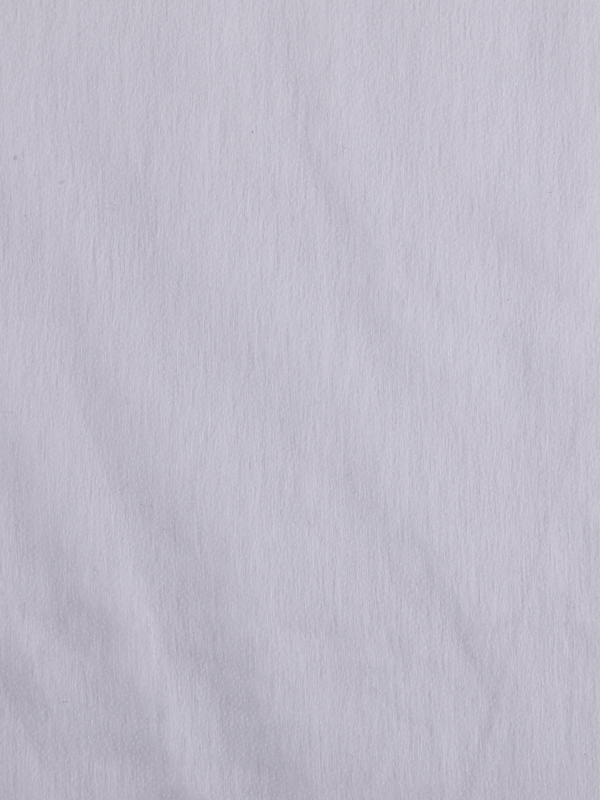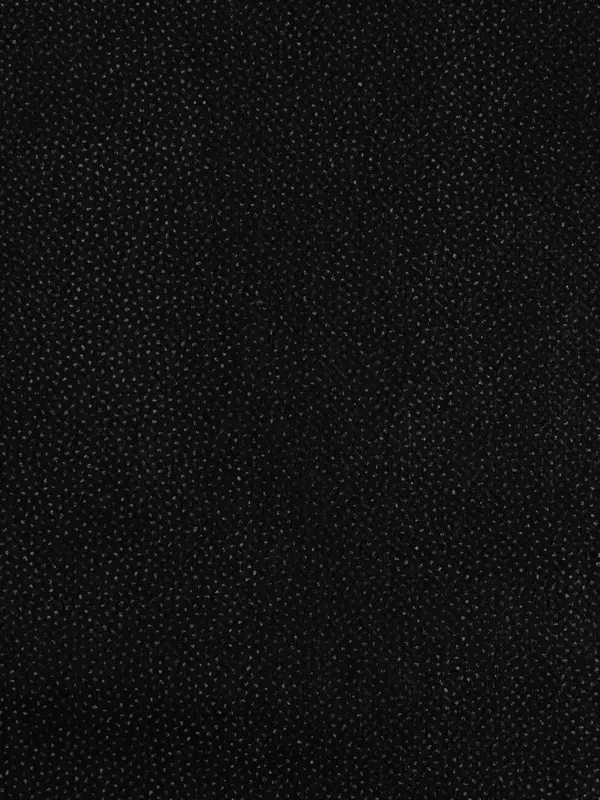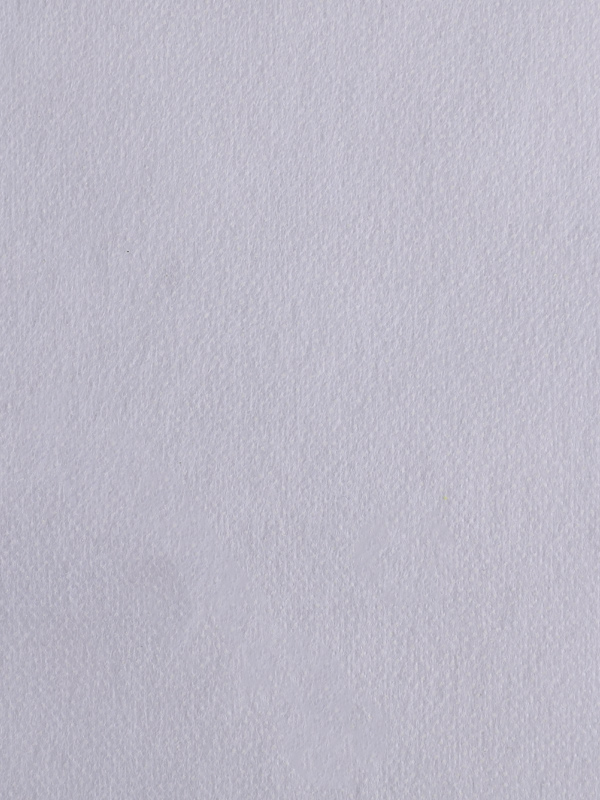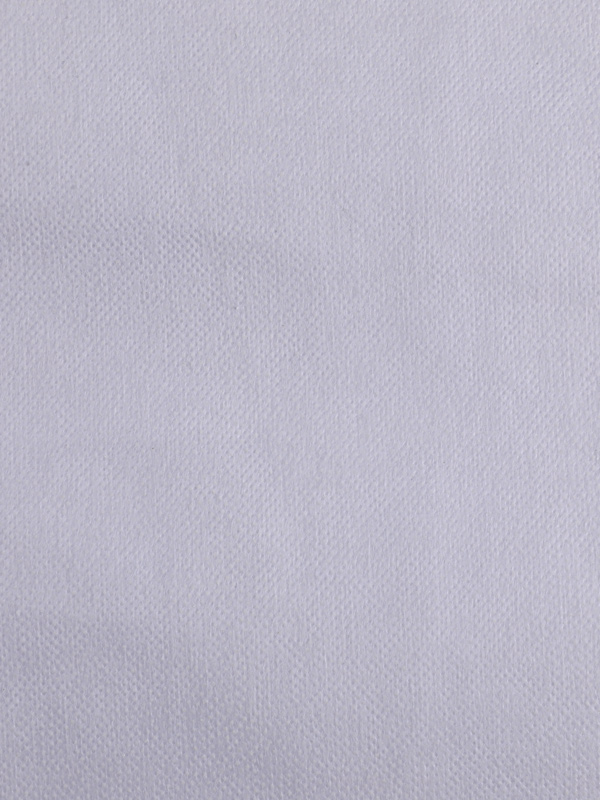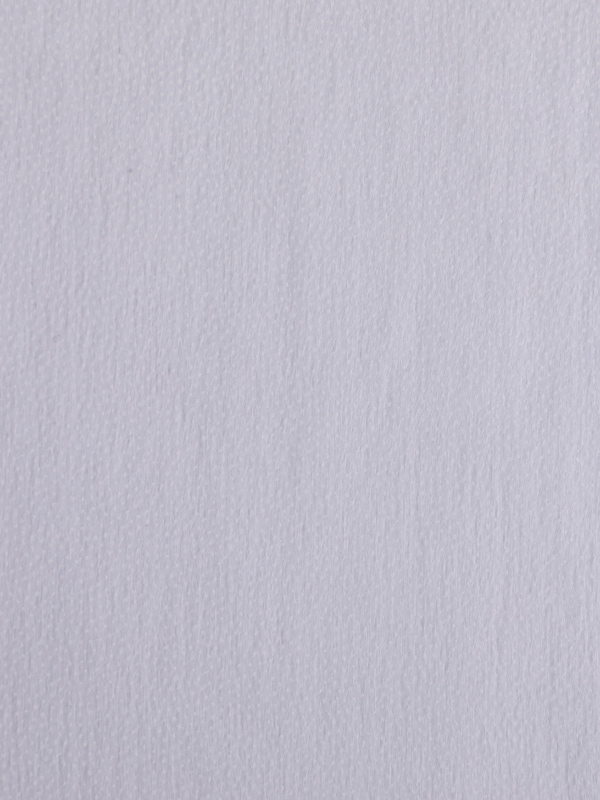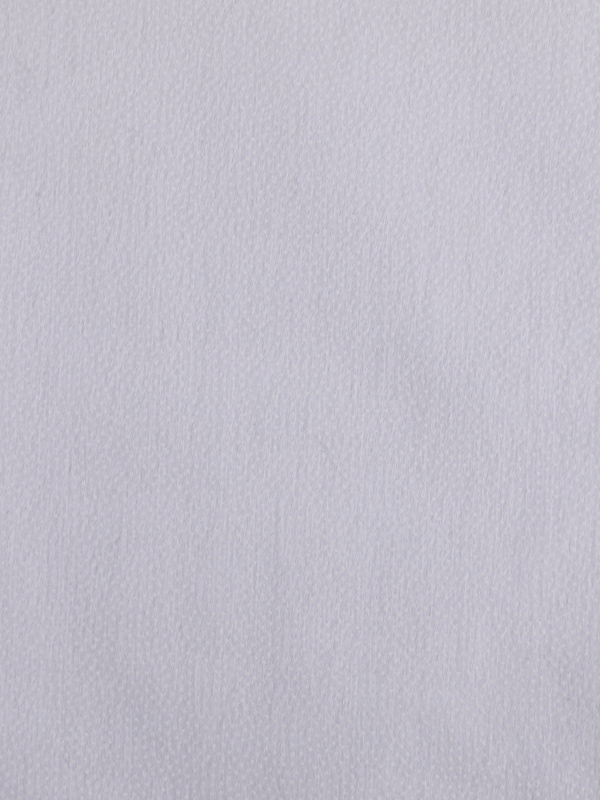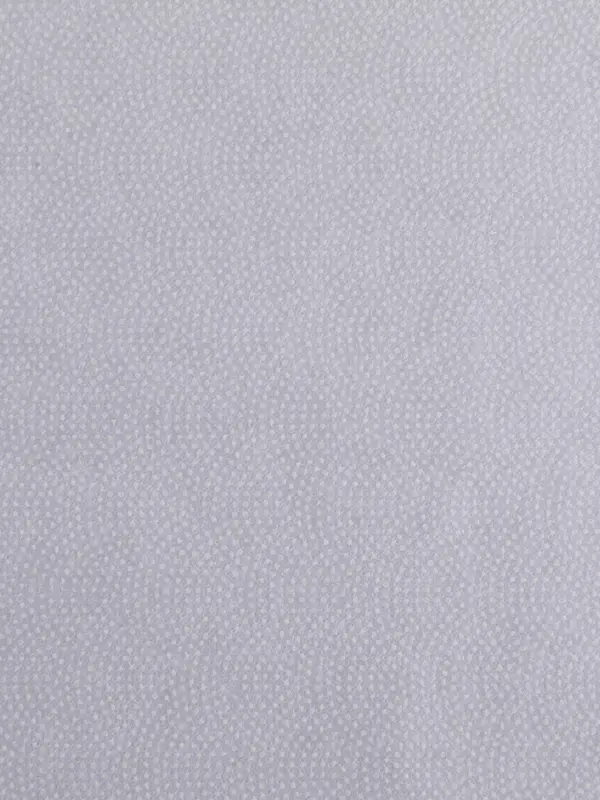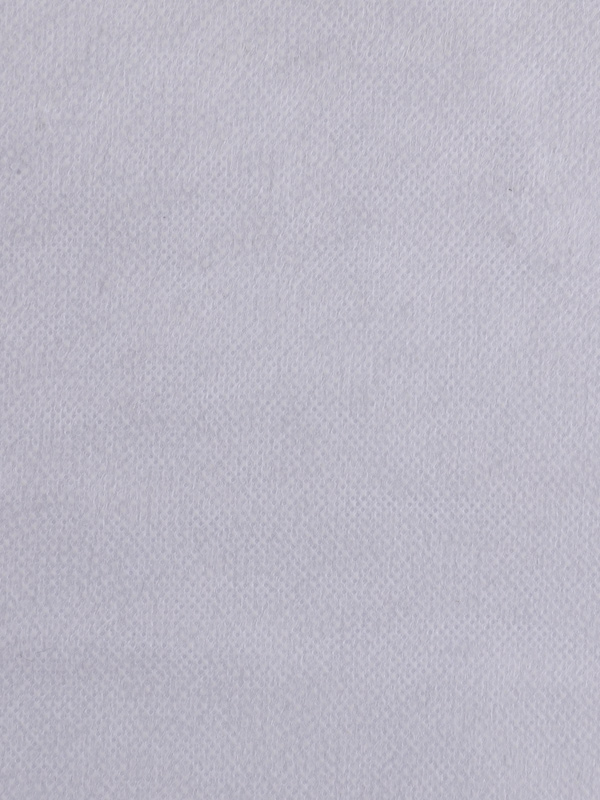In the world of textile manufacturing, various techniques and materials are employed to achieve desired qualities in fabrics. Dot interlining is a key component in this process, providing structure, stability, and functional properties to a wide range of textile products. From garments to home furnishings, dot interlining plays a crucial role in enhancing the performance and aesthetic appeal of textiles.
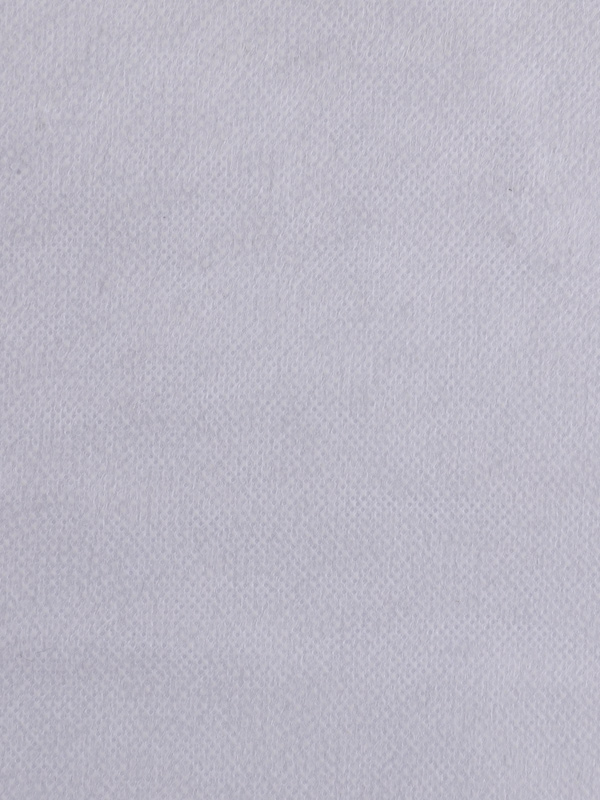
What is Dot Interlining?
Dot interlining, also known as fusible interlining, is a material used in textile production to provide support, shape retention, and strength to fabrics. It is composed of a base fabric, typically made of polyester or cotton, with a layer of adhesive dots on one side. These adhesive dots are activated by heat and pressure, allowing them to bond with the main fabric, creating a strong and durable bond. The dot interlining can be attached to the fabric using various methods such as hot melt, double dot, or scatter coating techniques.
Apparel Manufacturing: Dot interlining is extensively used in the manufacturing of garments, ranging from formal suits and dresses to casual wear. It is commonly applied to areas such as collars, cuffs, plackets, and waistbands to provide shape and reinforcement. The interlining improves the structure and appearance of the garment, ensuring it retains its shape and withstands frequent washing and wearing.
Home Furnishings: Dot interlining finds application in the production of home furnishing items like curtains, drapes, and upholstery fabrics. It enhances the fabric's body, provides insulation, and ensures proper drape and hang. Dot interlining can also be used in the creation of quilts, comforters, and other padded textile products to give them added volume and softness.
Bags and Accessories: In the manufacturing of bags, dot interlining is used to reinforce handles, straps, and other structural elements. It prevents deformation, adds strength, and enhances the overall durability of the product. Additionally, dot interlining is employed in accessories such as hats, belts, and wallets to give them shape and stability.
Advantages of Dot Interlining:
Improved Structure and Shape Retention: Dot interlining helps fabrics maintain their desired shape, ensuring garments and textile products look crisp and well-defined. It provides support to areas that require reinforcement, preventing sagging or wrinkling.
Enhanced Durability: By creating a strong bond with the main fabric, dot interlining increases the overall durability and longevity of textile products. It enhances resistance to wear and tear, improving the product's performance and reducing the need for frequent replacements.
Ease of Application: Dot interlining is easy to apply, either manually or using automated machinery. The adhesive dots on the interlining activate with heat and pressure, allowing for efficient and precise bonding with the fabric.
Versatility: Dot interlining is available in various weights and thicknesses, catering to different requirements of different fabrics. It can be customized based on the desired level of stiffness, flexibility, or drapability.
Dot interlining plays a vital role in the textile industry by improving the structure, durability, and performance of fabrics. Its versatility and ease of application make it a popular choice among textile manufacturers. From apparel to home furnishings and accessories, dot interlining enhances the overall quality and aesthetic appeal of textile products. As the demand for durable and well-structured fabrics continues to grow, dot interlining remains an essential component in the production of high-quality textiles.

